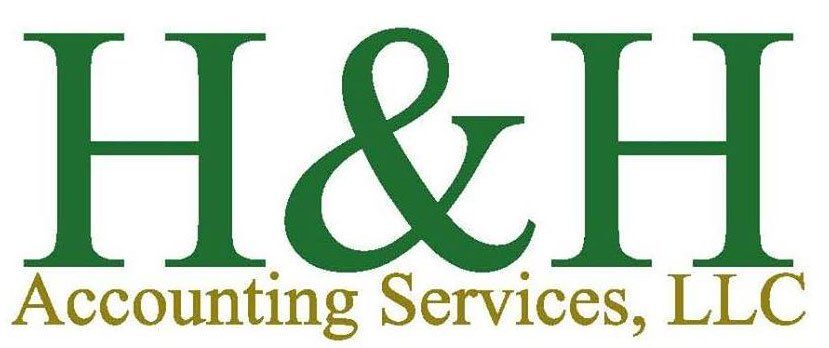Step-by-Step Guide to Performing a Mid-Year Financial Review for Phoenix Businesses

Setting ambitious goals for your business is always a good idea. Unfortunately, setting benchmarks and targets is only the first step. The more challenging part is executing a plan to reach them and then tracking the performance of those efforts during the fiscal year to determine whether your strategy is getting you closer to hitting the targets you set.
The accuracy of your mid-year financial review is vital in this regard, as there’s no other reliable way to ascertain the performance of your business and any operational changes you made to enhance performance at the start of the year.
Preparing Mid-Year Financial Statements
Income statements (profit & loss statements), balance sheets and cash flow statements are all important tools for ascertaining revenue, expenses, net income, assets, liabilities, equities and cash inflows and outflows. Whether businesses prepare and analyze these documents monthly, quarterly or annually depends on the business size, industry and needs.
If your small business in Phoenix doesn’t usually pull these reports frequently, it may be wise to get into the habit if you want to perform a mid-year financial review. The good news is accounting software, like QuickBooks, can be integrated with other business systems like a CRM or ERP to ensure maximum synchronization and accuracy.
Thorough bookkeeping and integration can allow for real-time monitoring or on-demand reporting, making generating statements and tracking performance far easier.
Year-to-Date Analysis
The sooner you have thorough digitized tracking of performance metrics, the better, as year-over-year comparisons can provide important context for any mid-year financial review. Ideally, you will want to compare the current year’s performance to the same period of the previous year and identify trends in revenue, expenses and profitability.
Profit margin, current ratio and debt-to-equity ratio are all important measures for this type of year-to-date analysis. This is particularly valuable for businesses with some degree of seasonality.
For example, an HVAC company in Phoenix will inevitably see a drop in revenue during the fall compared to the previous summer – but that comparison is not nearly as informative as a comparison of this fall’s revenue to last fall’s revenue.
Compare Against Budget
Businesses will want to compare their actual financial performance to the budget figures they began the fiscal year with. Mid-year is a good time to identify where there are differences between your targets at the start of the year and the current state at the time of analysis. Investigating why these variances occurred can provide an opportunity for identifying problems and improving future performance. It will also likely be necessary to adjust budgets at this time to reflect updated projections and current operational realities.
Analyze Revenue Streams
Revenue should be broken down by product or service line, with the high-performing and underperforming areas identified for further analysis and action. Before you make any major decisions, it’s necessary to determine whether revenue changes were influenced by seasonal trends or external factors that have distorted results, in which case they may not reflect normal performance.
Evaluate Expenses
Six months of data can give you a fairly clear picture of your major cost drivers and allow you to identify opportunities to reduce those costs and improve efficiency. The end goal should be to align expenses with your business priorities and goals. This can necessitate making tough decisions. Although this can be unpleasant, it often is necessary to ensure your continued solvency or return your business to a place where growth can resume.
Assess Cash Flow
Identifying and understanding the totality of your business’s cash flow picture, including operational, investing and financial sources, will be vital for ensuring your business maintains sufficient liquidity to meet your short-term obligations for the remainder of the year. Mid-year may be a good time to reassess strategies and implement changes to improve cash flow shortfalls, like implementing a faster invoicing solution or negotiating more beneficial payment terms with suppliers.
Check Accounts Receivables and Payables
In a related vein, mid-year reviews present a convenient justification to chase down overdue invoices and implement strategies to collect outstanding payments. This opportunity goes both ways. Keeping up to date on payments to suppliers and avoiding preventable late fees is always preferable when you have the liquidity to cover the expenditure.
Evaluate Inventory Management
Mid-year analysis, especially with year-over-year comparisons, can be great for reviewing inventory levels and turnover rates compared to the start of the year and the previous year. This can potentially bring into clearer focus slow-moving or obsolete inventory that may have been overlooked prior to this in-depth review. Discoveries like these can help you make better purchasing and production plans and optimize inventory levels moving forward.
Review Goals, Consult with Stakeholders and Develop an Action Plan
What you do with this mid-year analysis will determine the ultimate value of the exercise.
Does performance align with your strategic goals? Are you closer or further from the key objectives or milestones you set at the start of the year? What strategic adjustments can you make to reach those goals?
These are all questions business owners should answer with the help of key stakeholders, including management and employees. Doing so can help you create a detailed action plan to address any issues you identified during the mid-year review. Take the opportunity to assign responsibilities, set deadlines and make a concrete plan to implement needed changes.
The business accounting, bookkeeping and consulting team at H&H Accounting Services is here to help Phoenix businesses with financial reporting, tracking and consulting. From integrating your CRM with QuickBooks to helping you generate the necessary reports for a mid-year analysis, we can provide the tools and knowledge you need to ascertain performance, identify areas that need work and formulate a plan for future improvements. Call us at (480) 561-5805 to learn how we can help.



